Q&A: Lindsay Galvin, author of 'My Friend the Octopus' (Chicken House)
- Nicci Rosengarten
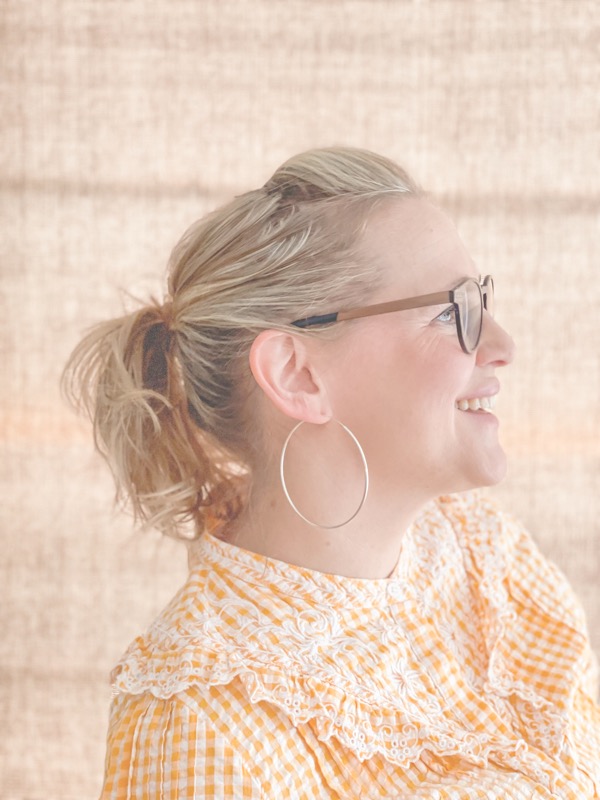
- Jul 2, 2022
- 8 min read
Updated: Sep 2, 2022
Illustrated by Gordy Wright
For ages 9+
I'm thrilled to have been given the opportunity to interview children's and YA author, Lindsay Galvin about her latest middle grade book 'My Friend the Octopus'. Her previous middle grade, the Victorian historical adventure 'Darwin's Dragons' was one of my favourite reads and recommendations of 2021, and I still can't stop raving about it!
'My Friend the Octopus' begins in 1877 in England, the era of great exhibitions, industrialisation, and pomp. It is also the height of the British Empire with Queen Victoria on the throne. Exploration and discovery across the natural world and its interpretation brings together an impactful story of friendship and justice filled with all kinds of fascinating facts about octopuses and society at the time. This is a highly enjoyable read with some intrepid mystery solving - a must historical fiction fans!
Q&A
Nicci: Both your previous middle grade book ‘Darwin’s Dragons’ and ‘My Friend the Octopus’ are Victorian natural history adventures featuring real life naturalists, Charles Darwin and Henry Lee. Why this period of history, its naturalists and the natural world they lived in?
Lindsay: I’ve always been fascinated by the natural world, but think I chose this period of history because it was such a time of exploration and discovery, which pairs so well with both that time in a young person's life when they are discovering new things about themselves and their place in the world.
Nicci: Brighton is one of the UK’s most historic Victorian seaside towns. What is it about Brighton that inspired you to create this story?
Lindsay: I’m intrigued about local history, and I live just 10 miles from Brighton. But it was when I discovered that our local historic aquarium was actually the oldest working aquarium in the world that it felt destined to be the setting for my octopus story.
Brighton Aquarium in the 1870s Nicci: The story begins with Vinnie Fyfe and her mother living at their milliner’s shop in London, working together, surviving and serving high society with their fashionable designs. When you first started the story, had you known that the seedier side of the textile/fashion industry was going to play such a big part in the overall plot?
Lindsay: It’s difficult to remember how it all came together. It often happens during the research stages. I knew I wanted to feature independent working women in this story and investigate professions that would support these women. My research led me into existing knowledge about Victorian working conditions and I dug deeper in that to find true stories. Then the story started to fill out from those interest points. Nicci: Once Vinnie’s mother has left for Paris and Vinnie is in the care of her Aunt in Brighton, the reader realises how vulnerable she is, having never left her mother’s side before. The vulnerability of the octopus gives them a special bond. Both characters have a talent for expressing themselves visually, Vinnie through her artwork and Ghost (the octopus) through its camouflage. On multiple occasions Vinnie seems to struggle with letters and reading, is Vinnie dyslexic?
Lindsay: Yes. Vinnie is dyslexic - something that wouldn’t have been recognised at all back then. I didn’t want to label this overly in the notes though as her reading issues could have been related to a whole host of other struggles such as slow working memory, or a processing disorder. I’ve found in my teaching, the young people who struggle to learn in the neurotypical way sometimes have a skill of thinking ‘outside the box’ which fits well with Vinnie’s special connection with such an unusual animal. Nicci: As this story is set in England in 1877, we are in the post-slavery era and it was really lovely to get to know Temitayo, a young girl Charlie and Vinnie befriend in Brighton. It is refreshing to introduce another angle on the complexity of the slave trade. Did you come across many children like Temitayo who were ‘adopted’ by upper class white British families, and why was this character and her story so important for you to include in 'My Friend the Octopus'?
Lindsay: Temitayo was partly inspired by Omoba Aina (who was baptised Sarah Forbes Bonetta when brought to England) who was a real historical woman — brought from Nigeria as a child who became Queen Victoria’s goddaughter and a favourite at court. There were black people throughout all classes of society in Victorian England, even though they were a small minority, but nearly all the literature of the time is wholly about white people and written by white men. It is important for me that my historical books don’t feature only white characters, but I’m also mindful that there are many authors who can tell diverse stories much better than I can as a white person. The ‘Voices' series from Scholastic is great series for young readers to enjoy historical stories written by people of colour, about characters from different backgrounds than we usually see.
Princess Omoba Aina, Lady Sara Forbes Bonetta
Nicci: I really expected Mr Lee, the aquarium manager, to be rather a tyrannical character at first, but was pleasantly surprised he was kind both to his nephew Charlie, Vinnie, Temitayo, and the creatures in the aquarium. Had you gleaned much of his character from his real life writings? (“The Octopus: or, The ‘Devil-Fish’ of fiction and of fact“ by Henry Lee, Naturalist of the Brighton Aquarium, 1875)
Lindsay: Yes! I was very lucky that Henry Lee’s writing exists in the pamphlet and he has such a charming and sometimes playful voice; his true fascination and respect for animals does shine through. One of his chapters is title’s ‘Octopods I have known’ which considering Victorian views on animal rights, seems such a sweet and whimsical way to talk about them.
Henry Lee and his publication, which includes this detailed illustration of an octopus
Nicci: Throughout the book you weave fascinating teachings about the octopus with its unique biology and camouflage capabilities… and not forgetting the intelligence and emotional capacity for connecting with humans! What made you first think about writing about an octopus?
Lindsay: I simple love them! The octopus came first before any of the story. I knew after Darwin’s Dragons I wanted to write another historical book centred around an animal and to me the octopus is the most interesting animal on earth. They are like aliens! Nicci: Your chapters about Vinnie and Charlie’s secret mission to uncover the mystery of Vinnnie’s mother’s disappearance bring to life the true horrors of Victorian London slum sweatshops. The ‘Paris Green’ dye used by her mother for her millenary business causes poisoning and even death to some of the young female destitute workers. I have read that it was an ingredient within artist’s paint used by some of the most celebrated artists (Renoir, Monet, Turner, Van Gogh and more). How did you have the idea to introduce this gruesome chemical into your storyline and were you worried about getting too gory with its effects?
Lindsay: I think fiction is a safe way for children to explore frightening issues. I tried to make sure I didn’t add more disturbing details than the story needed and it is all based on truth. But it is always important for me not to sensationalise it and to keep it through the lens of the child character's experience.
Examples of Victorian millinery made with 'Paris Green' dye and its effects on the workers
Nicci: The class system is very much a backbone of this story. The characters are zigzagging between the classes and getting huge insights into each others lives. What important lessons are you teaching children about the class system of the Victorian era through your writing?
Lindsay: The gaping gap between rich and poor in Victorian times is fascinating to explore in the context of the arsenic used in the clothing industry, because the people affected by it are at the very top and very bottom of society. I never intend to teach explicitly through my writing — the story itself is much more important than teachable moments — but I hope to provide rich material based on real life that shows more abstract concepts like the class system through concrete examples and characters children can relate to. Nicci: A particularly strong undercurrent in this story is grief. There is pathos; perhaps death feels more a symptom of this era of history. Whether it is an octopus eating it’s fellow octopus, or Vinnie being abandoned by her mother, the death of the young girls working in the factory or the inevitable happening at the end of the book… there always seems be a glimmer of hope, a small chink in the despair. Is this intentional?
Lindsay: Yes it’s very intentional to keep the hope in my stories. I’m an optimistic person in general and wanted Vinnie to gain a lot from her harrowing experiences even though there is much loss.
Nicci: On a brighter note, the artwork for both books by Gordy Wright is absolutely stunning. Your books are incredibly eye-catching and the detailed technical drawings are amazing. What was it like working with Gordy to create the right look to compliment your story?
Lindsay: I work with Gordy through the design team at Chicken House Books who have always had a very clear vision for these historical stories, focussing on the vintage aesthetic and historical detail. One of my favourite parts of the process is when I’m asked to send an image board to show photos, pictures and artifacts from my research which is then used in the beautiful montage inside the covers.
Illustrations by Gordy Wright from within the book
Nicci: I know you love working with schools, as you have been a primary teacher for more than 20 years! What would a school visit from you about ‘My Friend the Octopus’ look like, and how can my blog readers get in touch with you if they want to book you?
Lindsay: You are certainly right that I love to visit schools. My visits include the inspiration behind the books, fascinating facts about octopuses (and dragons) including a quiz, we dig into how I conduct my research and the visits and artefacts that help, and more background on Victorian working conditions and aspects of Victorian culture I include in the story. I also discuss the writing process, particular how many edits authors are given with examples - and we compare this to how a teacher marks their work! My visits are always lively and interactive and give lots of time for questions. Information for schools is on my website (see below). Nicci: Finally, I hope we will be treated to a 3rd middle grade book from you soon. If so, any clues as to what we can look forward to?
Lindsay: Thank you so much! There will be another historical middle grade out in 2023 that I’m working on right now. I can’t talk about it yet, but it will combine real history and a young person’s relationship with an animal again. This one is icy!
I can't wait! Thanks for the super interview, Lindsay!
About the creators
Lindsay Galvin (author)

Lindsay was lucky enough to be raised in a house of stories, music, and love of the sea. She left part of her heart underwater after living and working in Thailand where she spent hundreds of blissful hours scuba diving. Forced now to surface for breath, she lives in sight of the chillier Sussex sea with her husband and two sons. When she is not writing, she can be found reading, running or practicing yoga. She has a degree in English Language and Literature, is fascinated by psychology and the natural world, and teaches Science. Lindsay hadn’t written creatively since childhood until the idea for her debut novel The Secret Deep splashed into her mind, and she now she’s hooked.
Website: https://www.lindsaygalvin.com
Gordy Wright (illustrator)

Gordy Wright is an illustrator and printmaker working from his studio in Bristol, UK. He graduated with a first class degree in illustration from the University of the West of England (UWE) in 2014. In his illustrations he aims to evoke a natural and textured feeling which he creates through a variety of layered traditional techniques. He works on a wide range of editorial and publishing projects and loves to weave narratives throughout his work. He loves all things nature themed and enjoys being outside whether it be exploring the countryside, riding his bicycle or just watching birds in his garden. Gordy’s clients include Aquila Magazine, Art Angels Publishing, Frances Lincoln, The Lancet, Words & Pictures Books and many more.
Website: https://www.gordywright.com
Key themes
Victorian history
Octopuses
Animal conservation and welfare
Class system
Slavery
Brighton
Aquariums
Grief
Dyslexia
Grab a copy
Buy here through my affiliate link at Bookshop.org or purchase from your local independent bookshop...
Publication date: 2 June 2022
Format: Paperback
'Darwin's Dragons' (Chicken House, 2021) For ages 9+
'The Secret Deep' (Chicken House, 2018) For ages 11+
*Chicken House Books provided me with a review copy of 'My Friend the Octopus'.
Please like this post and leave me a comment, I'd love to hear your thoughts too!








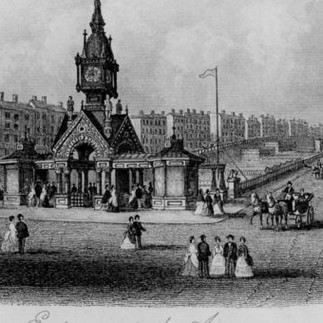











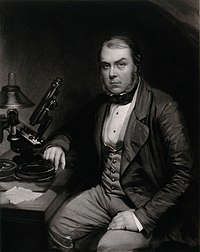





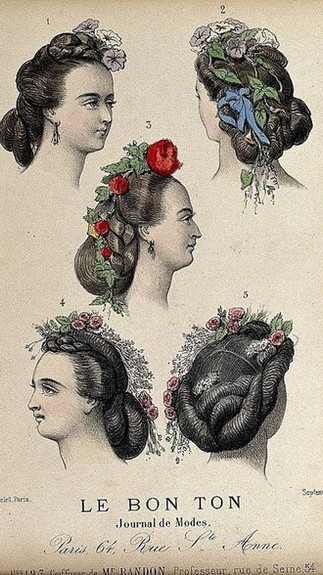

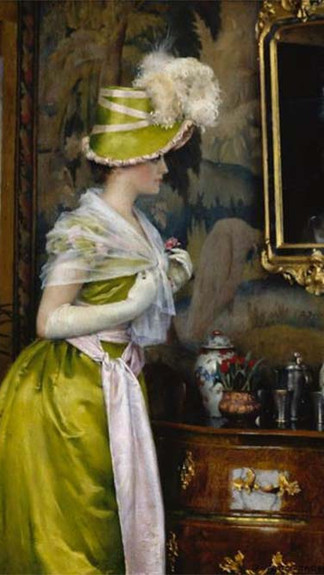











Comments